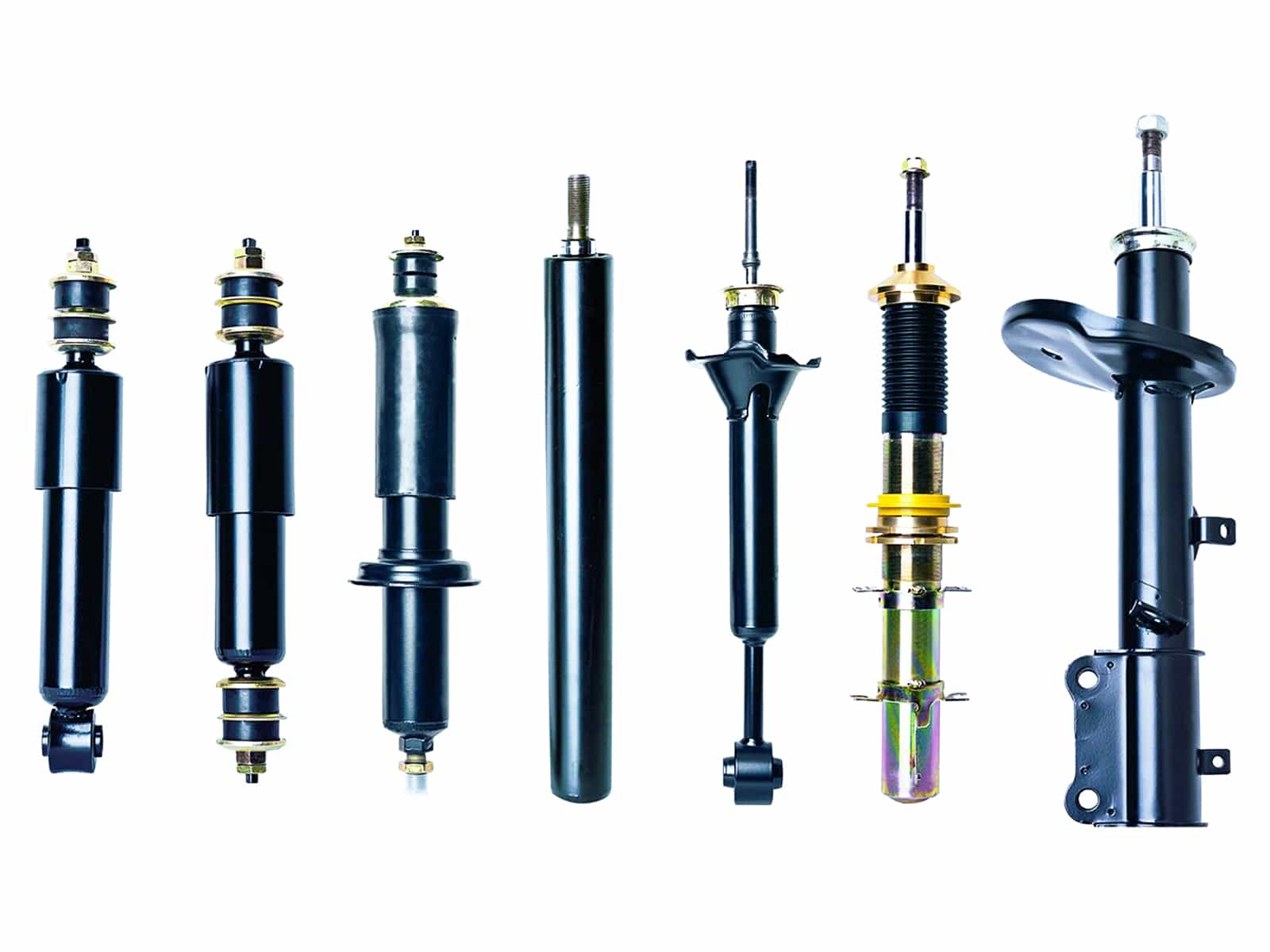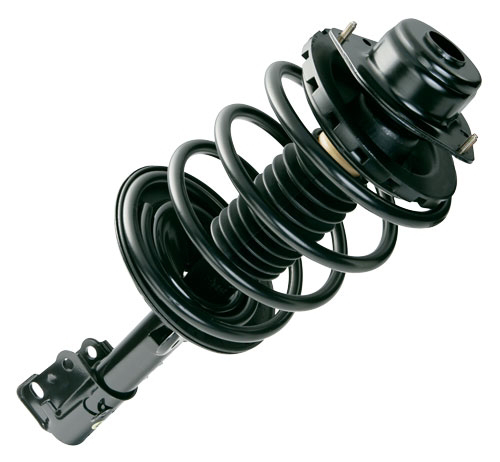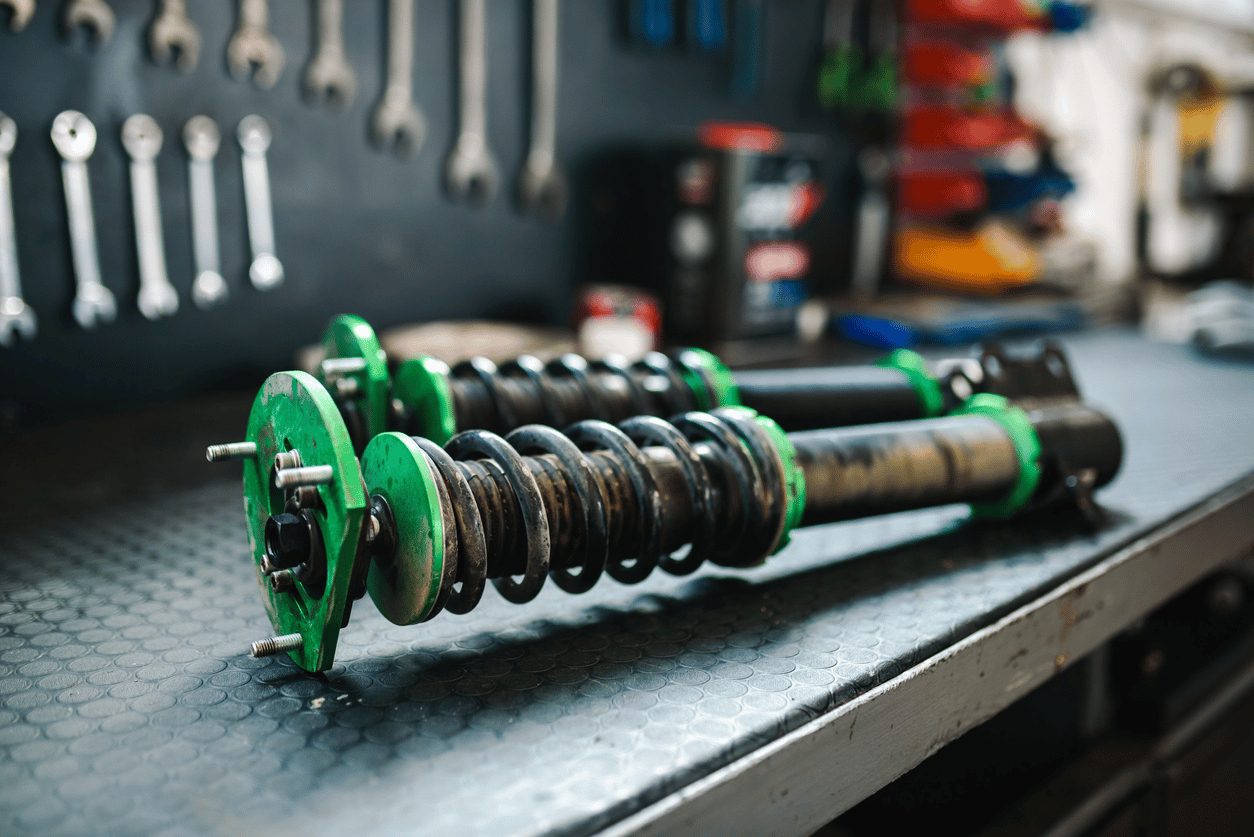Your car's shock absorbers play a crucial role in providing a smooth ride, maintaining tire contact with the road, and ensuring proper handling. Over time, they wear out, but with proper care, you can extend their lifespan. Here’s how to make your shock absorbers last longer.
1. Drive Carefully Over Bumps and Potholes
Shock absorbers take the brunt of road imperfections. Hitting potholes, speed bumps, or rough terrain at high speeds can accelerate wear. Slow down when driving over uneven surfaces to reduce stress on your suspension system.
2. Avoid Overloading Your Vehicle
Exceeding your car’s weight limit puts extra strain on the shocks. Check your owner’s manual for the maximum load capacity and avoid carrying unnecessary heavy items for long periods.
3.Check and Maintain Proper Tire Pressure
Underinflated or overinflated tires can affect how shocks absorb impacts. Keep your tires properly inflated according to the manufacturer’s recommendations to ensure even wear and optimal shock performance.
4. Get Regular Suspension Inspections
Have a mechanic inspect your suspension system (including shocks, struts, and bushings) during routine maintenance. Catching issues early—like leaks or worn-out components—can prevent further damage.
5. Replace Shocks in Pairs
If one shock absorber is worn out, the opposite one is likely under extra stress. Always replace shocks in pairs (front or rear) to maintain balanced performance and prevent uneven wear.
6. Use Quality Replacement Parts
Cheap, low-quality shocks may save money upfront but often wear out faster. Invest in reputable brands that match your vehicle’s specifications for better durability.
7. Keep an Eye on Leaks
Shock absorbers contain hydraulic fluid, and leaks can lead to failure. If you notice oily residue on the shocks, it’s time for a replacement.
8. Align Your Wheels Regularly
Misaligned wheels can cause uneven suspension wear, affecting shock absorbers. Get a wheel alignment every 12,000 miles or if you notice steering pull or uneven tire wear.
9. Avoid Aggressive Driving
Hard braking, rapid acceleration, and sharp turns put extra stress on your shocks. Smooth, controlled driving helps prolong their lifespan.
10. Listen for Unusual Noises
If you hear clunking or knocking sounds when driving over bumps, your shocks may be failing. Address these signs early to avoid further suspension damage.
When Should You Replace Shock Absorbers?
Most shocks last between 50,000 to 100,000 miles, but driving conditions and maintenance play a big role. Signs you need new shocks include:
- Excessive bouncing after bumps
- Longer stopping distances
- Uneven tire wear
- Leaking fluid
By following these tips, you can maximize the life of your shock absorbers, ensuring a smoother, safer ride for years to come.




Comments
Post a Comment
Wish to leave a message?